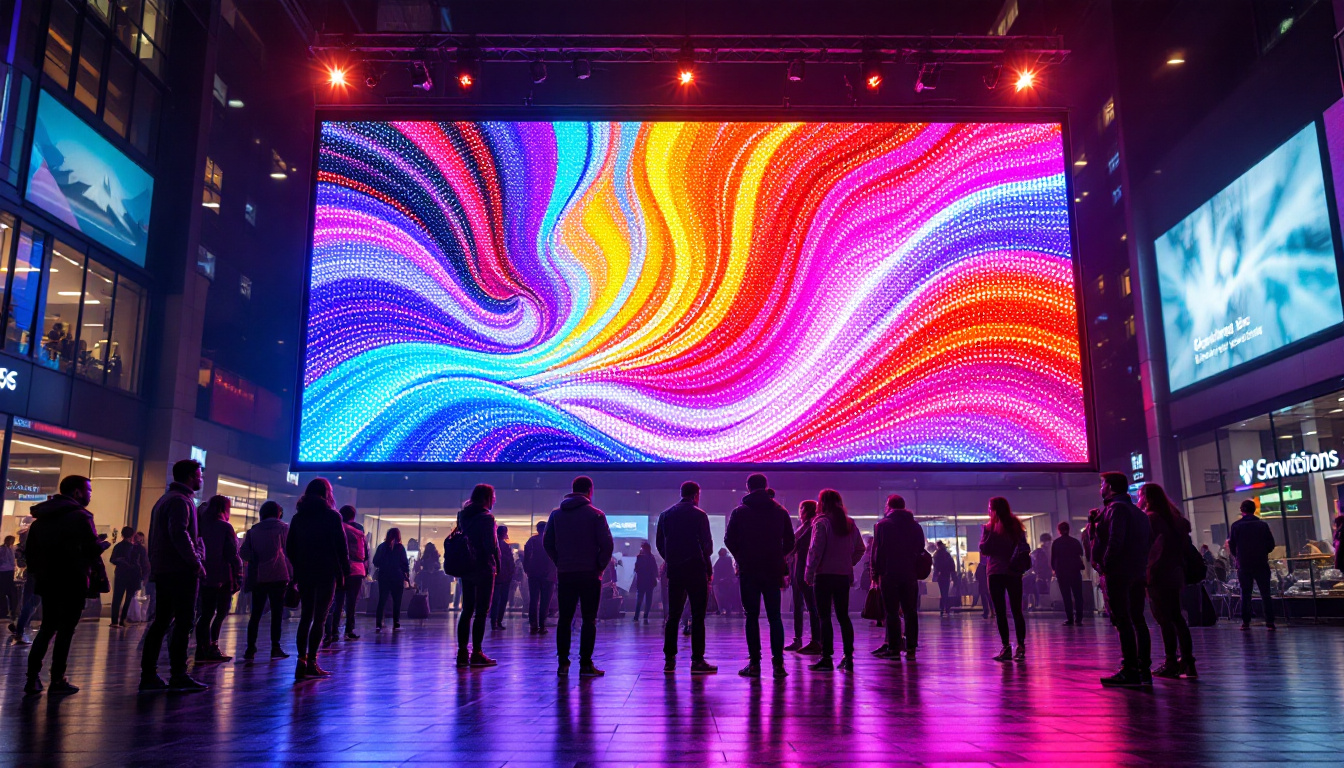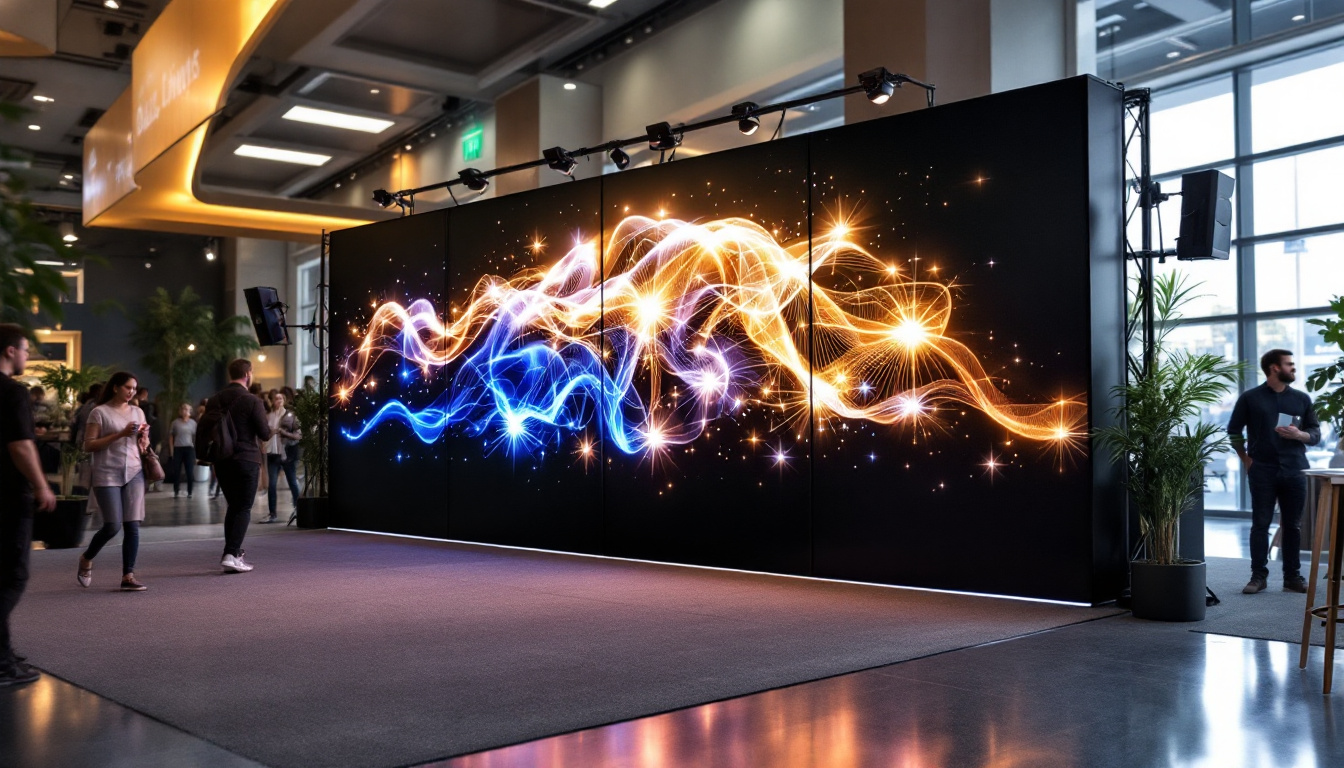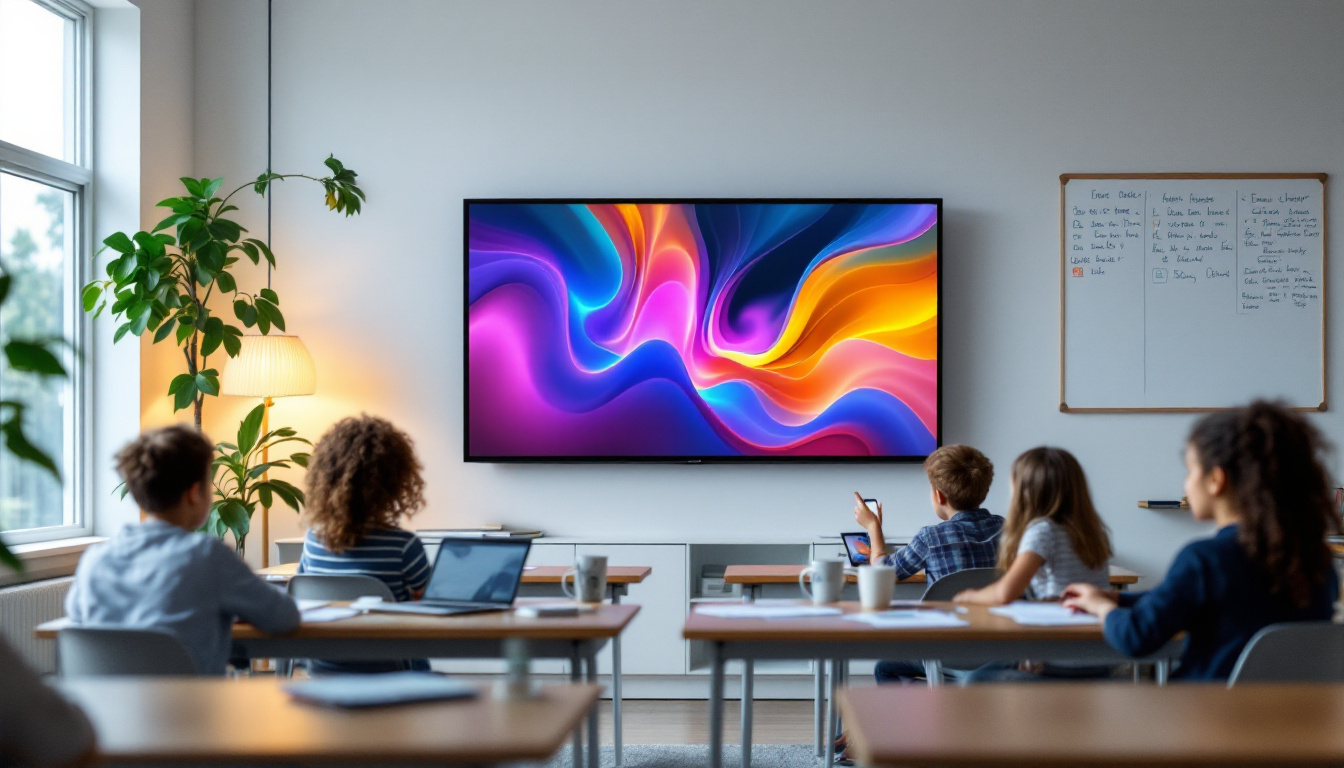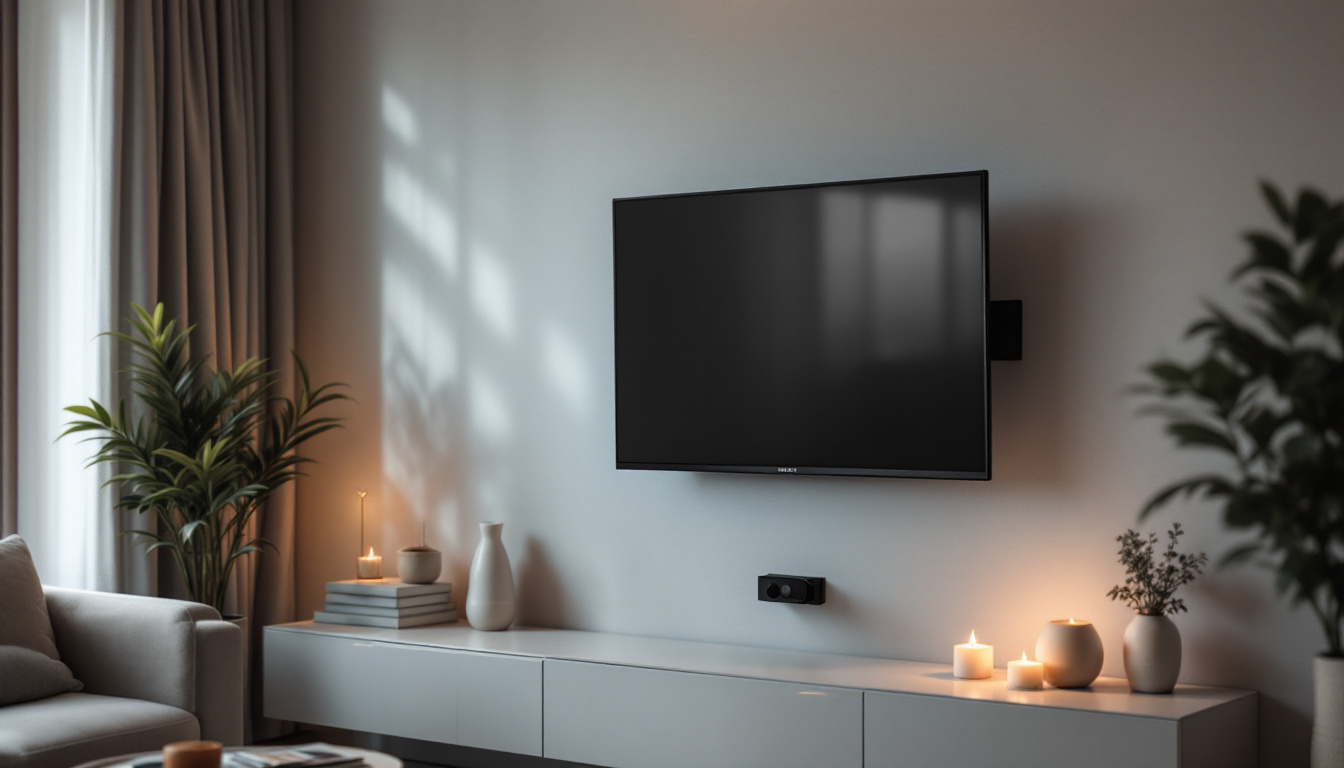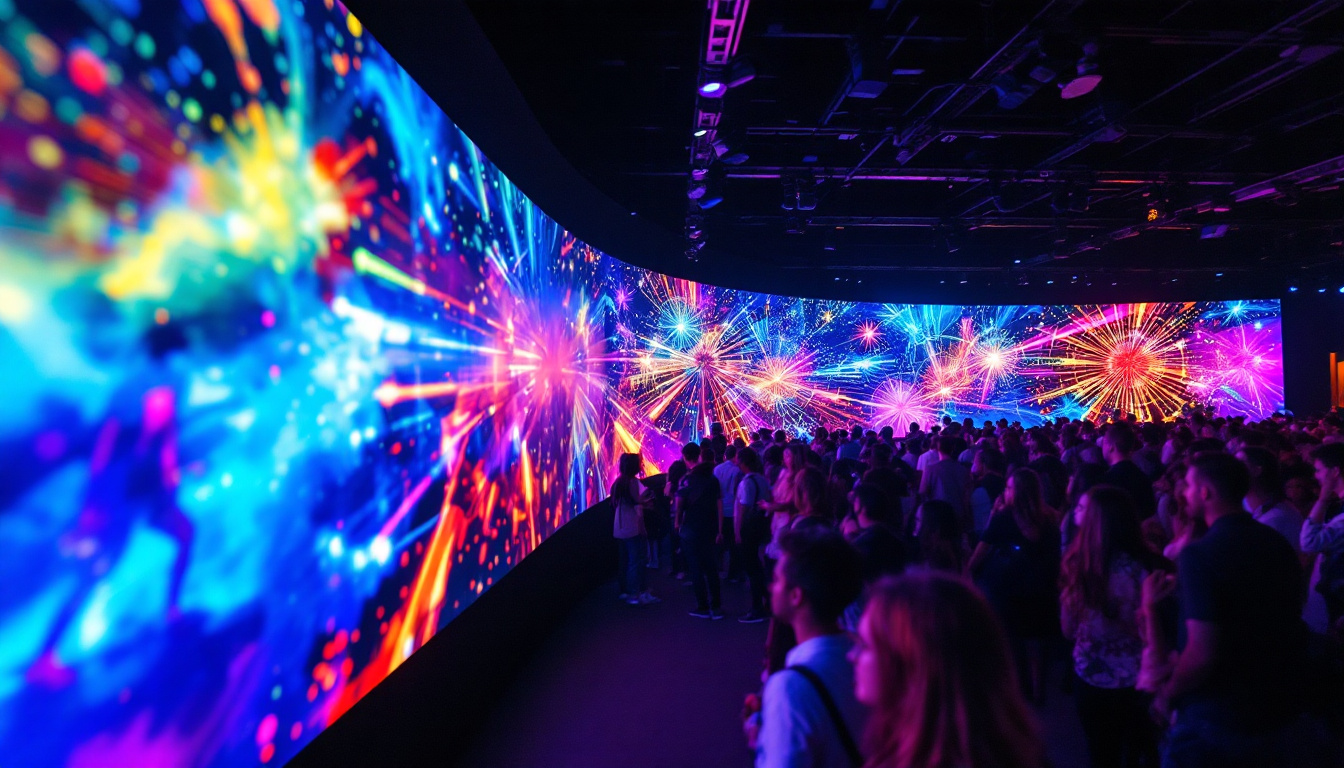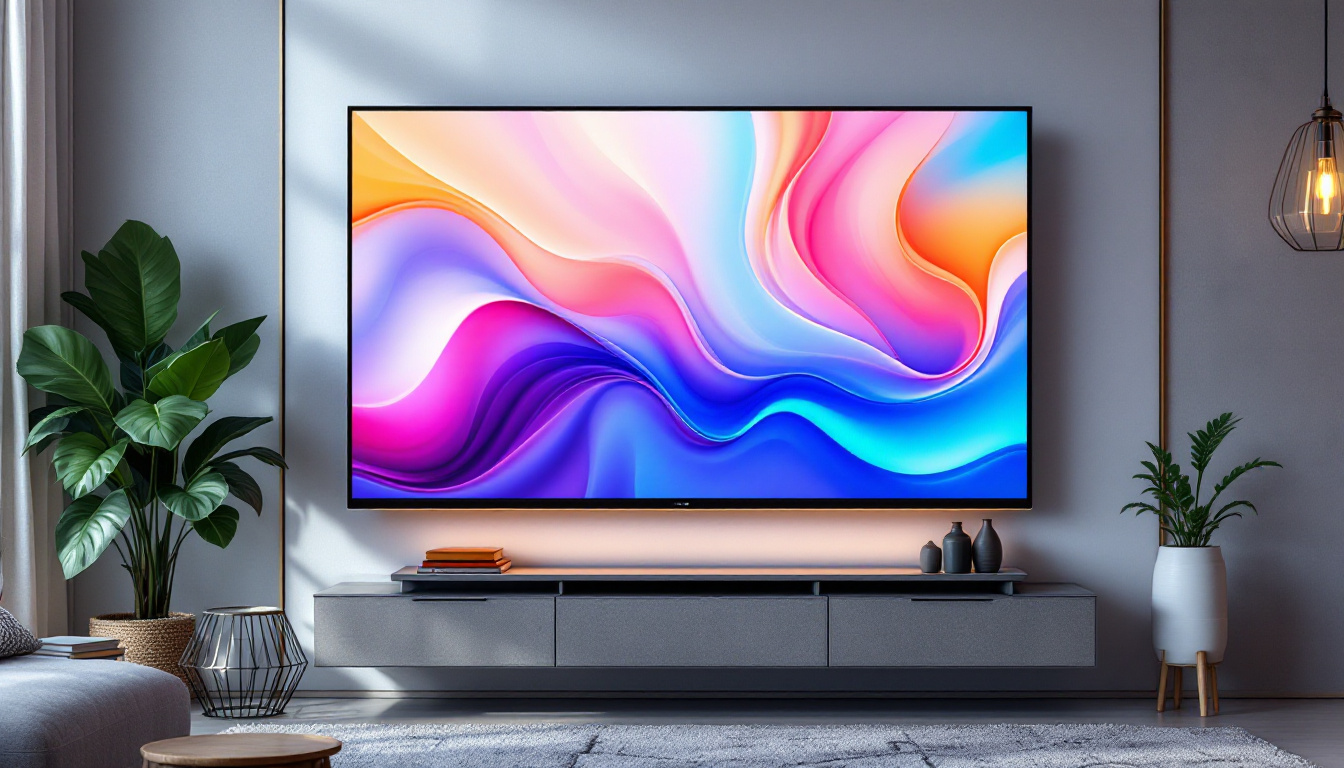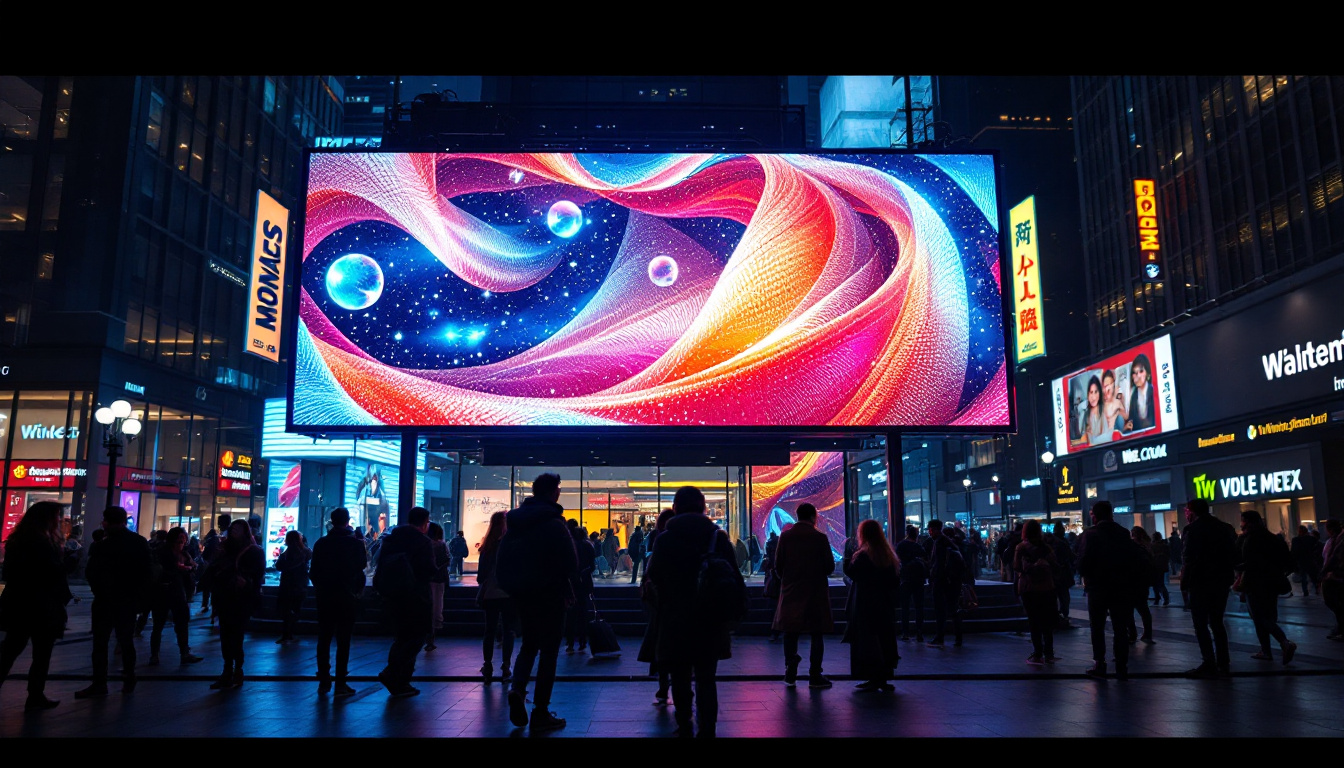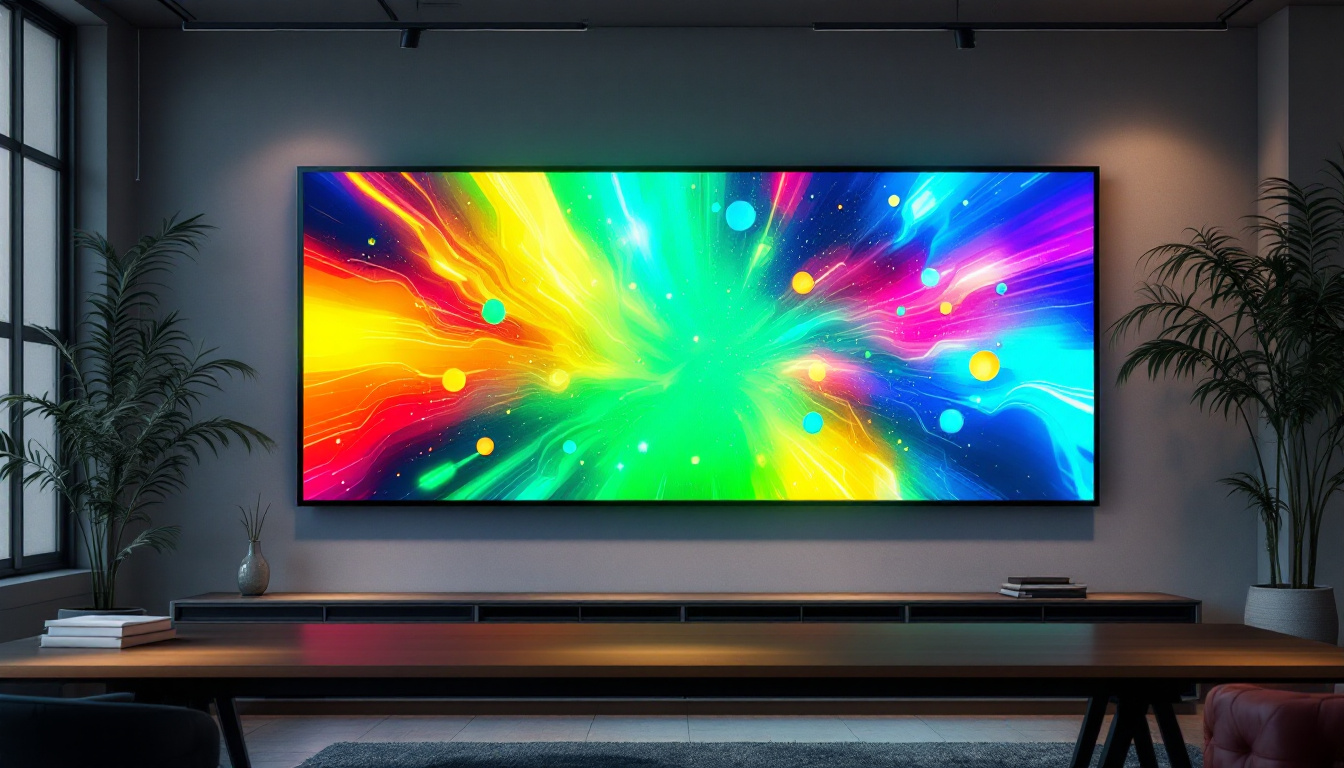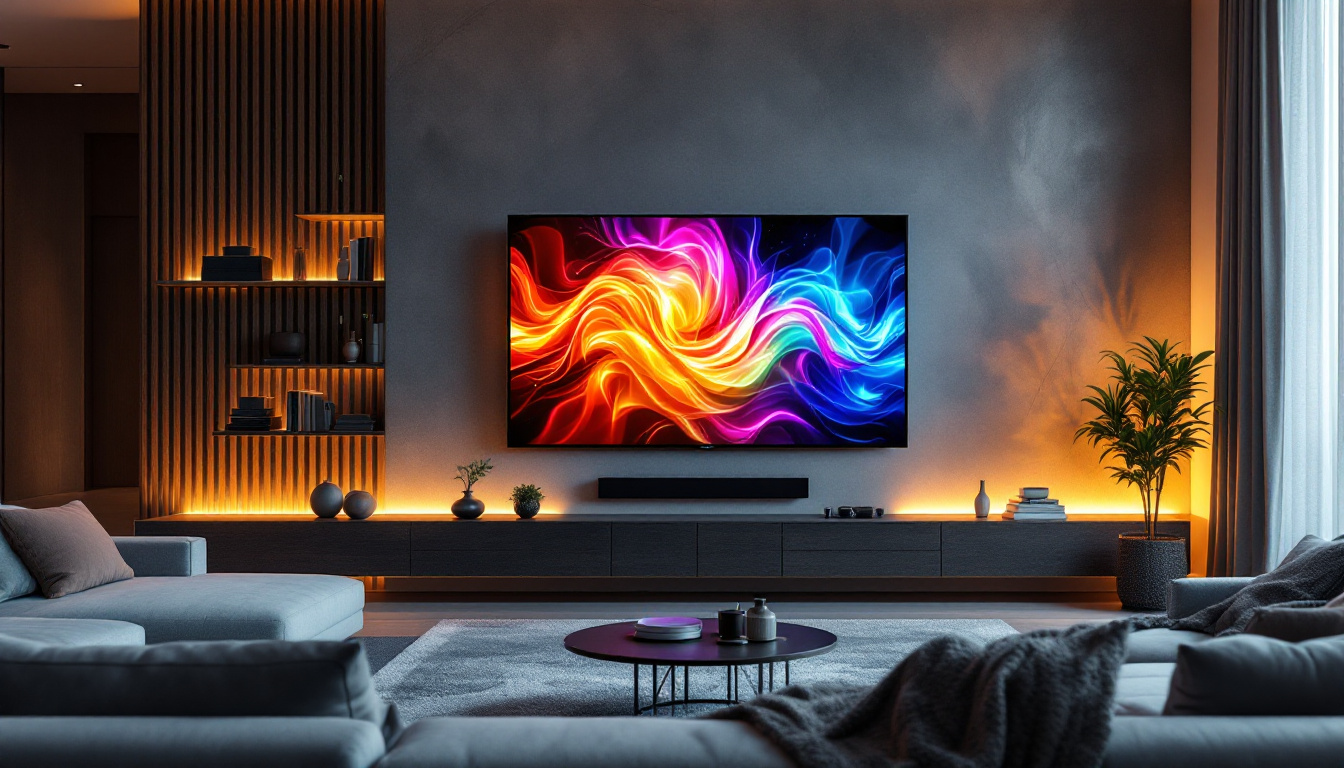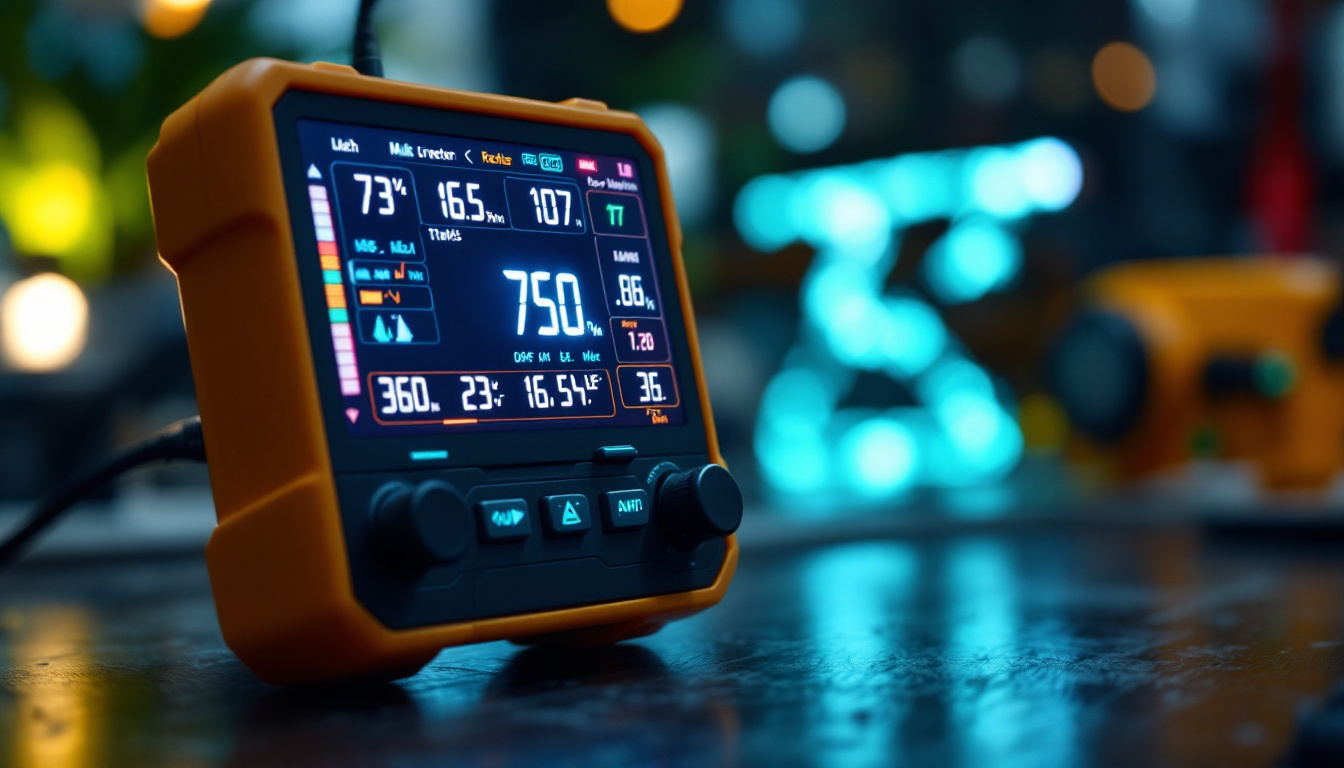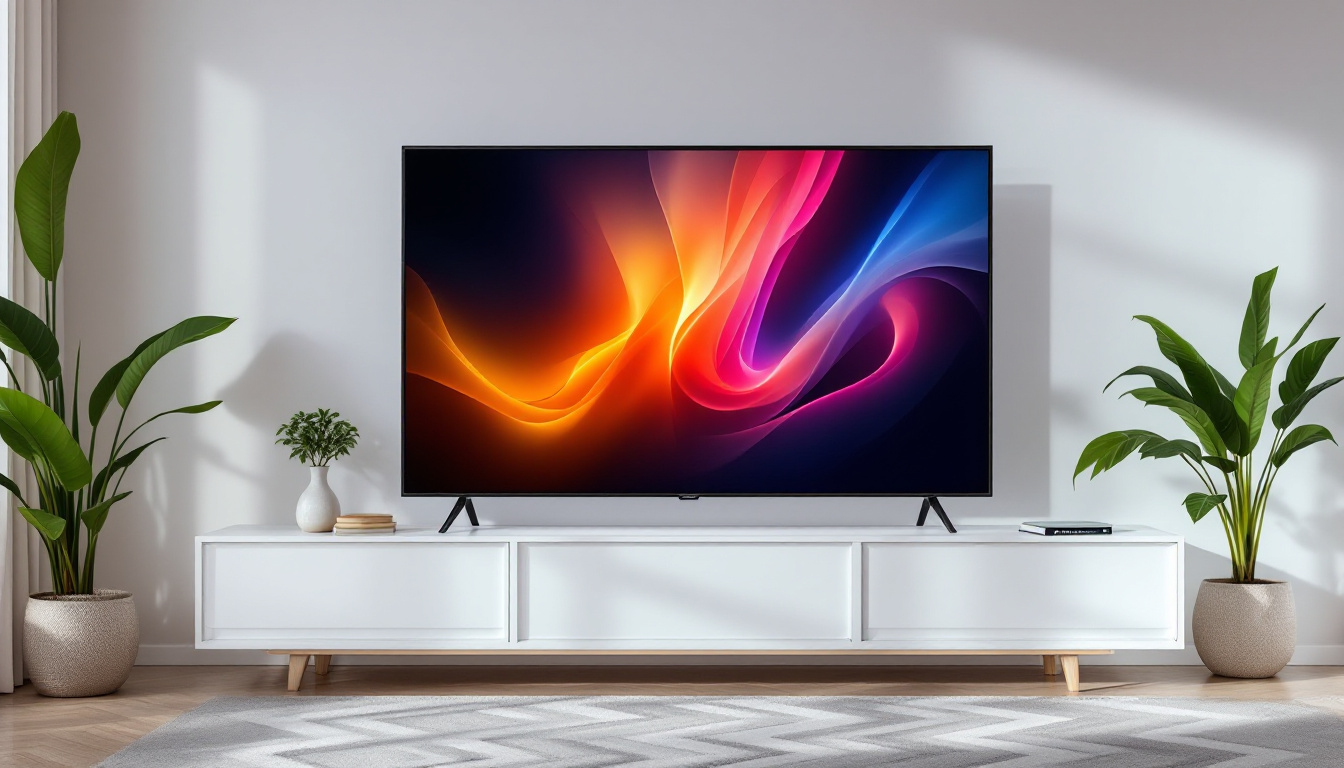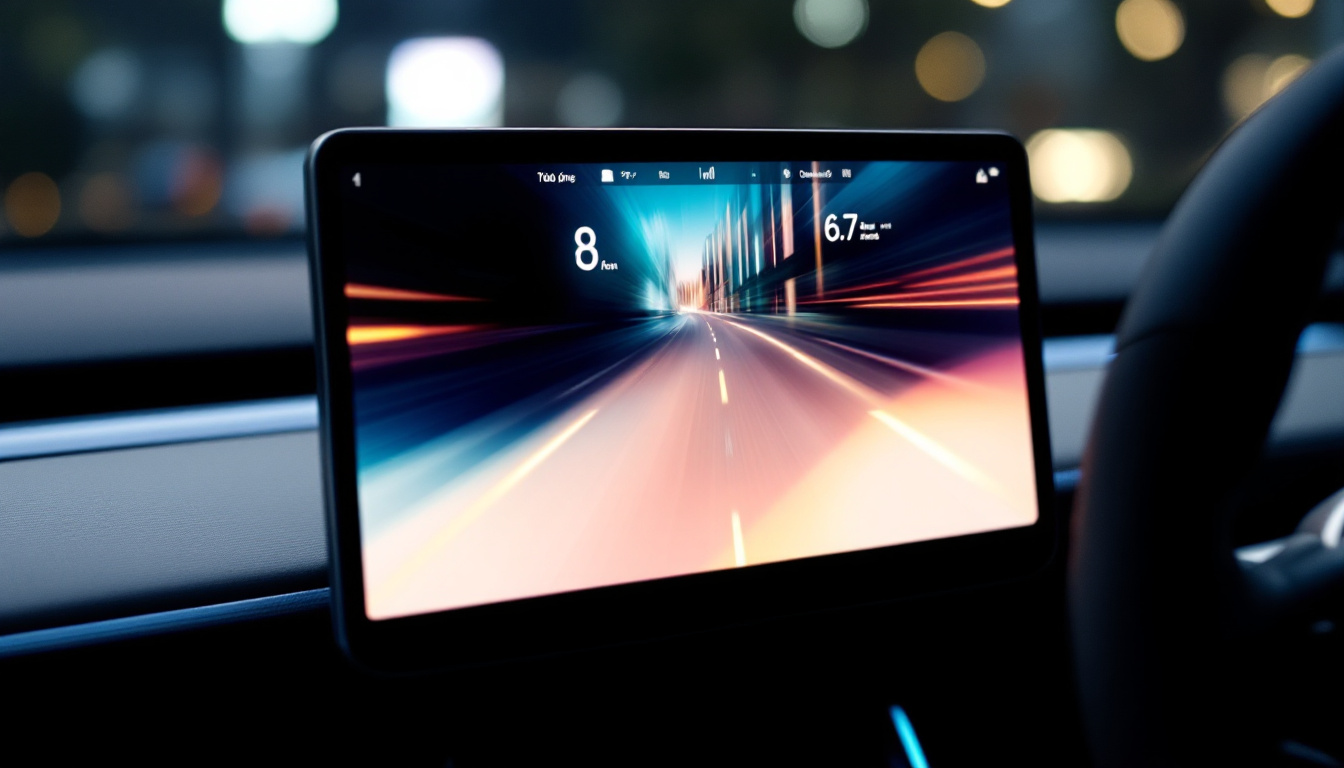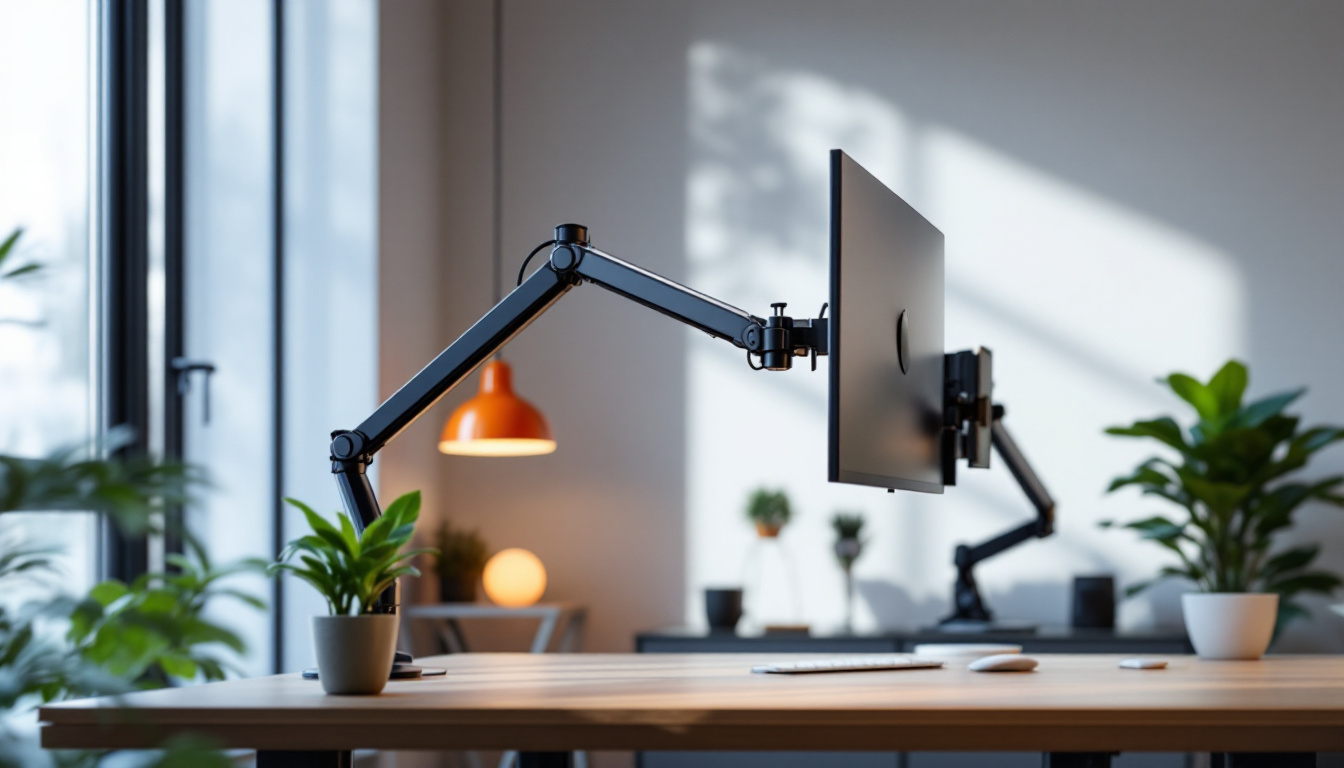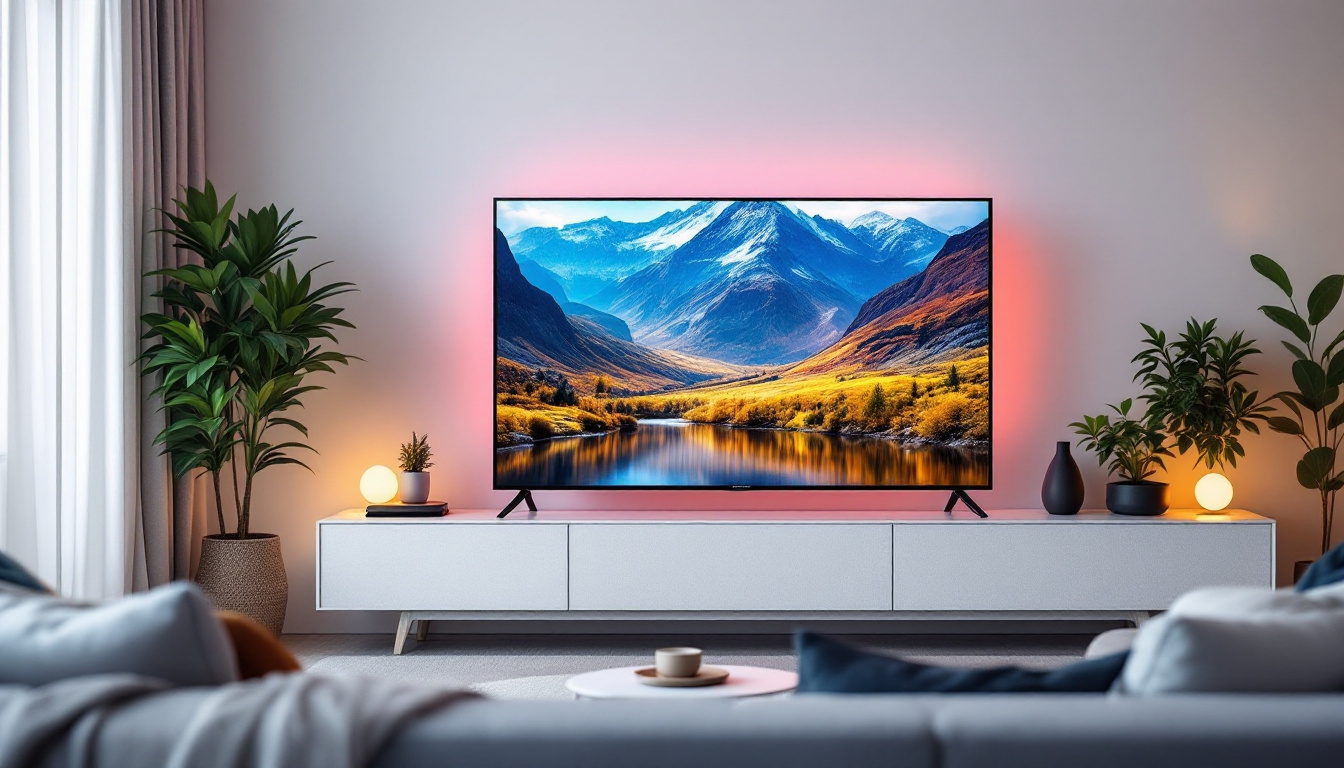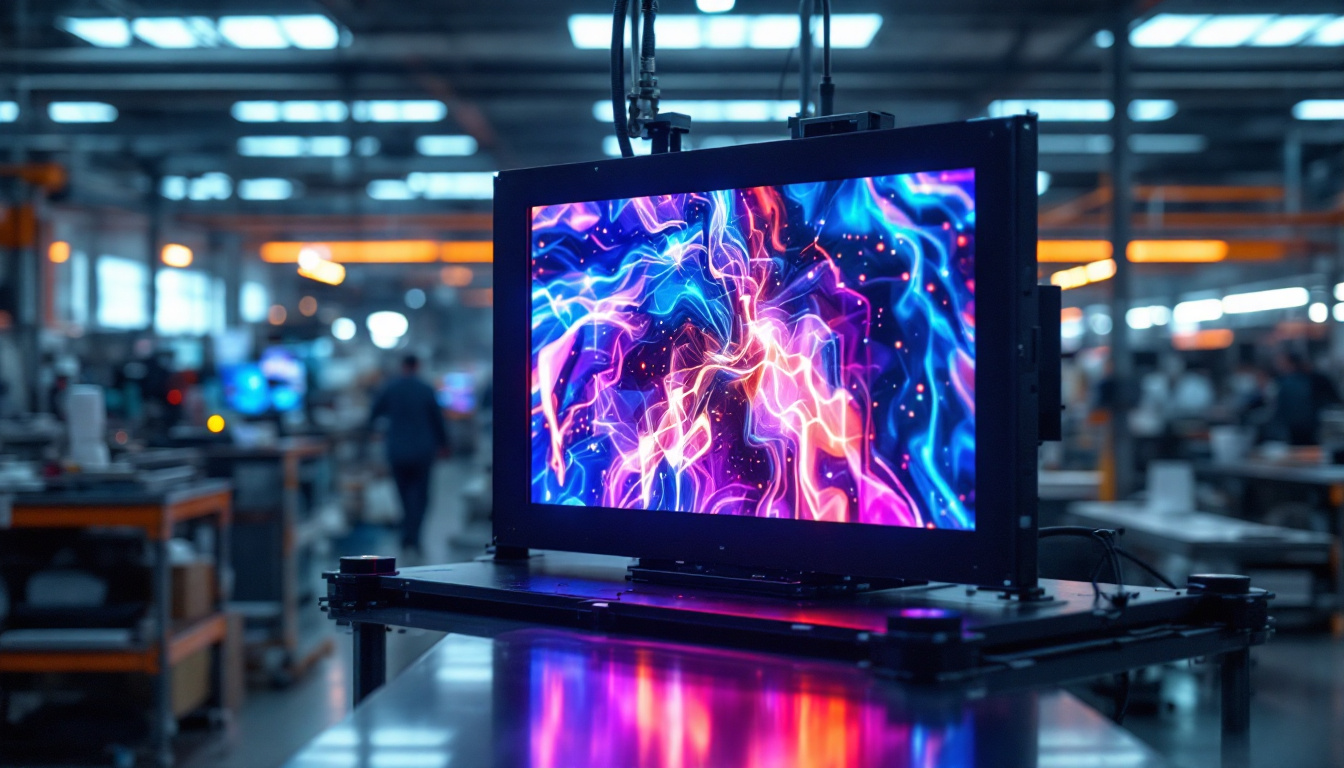Small Screen Monitor For PC: LED Display Explained
In the realm of personal computing, the choice of a monitor can significantly influence the overall user experience. While large screens have dominated the market, small screen monitors, particularly those featuring LED technology, have carved out a niche for themselves. This article delves into the world of small screen monitors for PCs, focusing on LED displays, their advantages, and their ideal use cases.
Understanding LED Display Technology
Light Emitting Diode (LED) technology has revolutionized the way we view images and videos on screens. Unlike traditional LCDs that use fluorescent backlighting, LED displays utilize an array of tiny diodes to produce light. This fundamental difference not only enhances the brightness and contrast of the images but also contributes to energy efficiency. The longevity of LED technology is another significant advantage, as these diodes can last tens of thousands of hours, reducing the need for frequent replacements and ultimately lowering maintenance costs.
How LED Displays Work
LED displays consist of a matrix of pixels, each made up of red, green, and blue (RGB) diodes. By adjusting the intensity of these diodes, a wide spectrum of colors can be produced. The brightness of an LED display can be significantly higher than that of traditional monitors, making it suitable for various lighting conditions. This capability is particularly advantageous in environments such as outdoor advertising, where sunlight can wash out the visibility of standard displays. Furthermore, the rapid response time of LEDs allows for smoother motion rendering, making them ideal for fast-paced video content.
Moreover, LED technology allows for thinner and lighter designs, which is particularly beneficial for small screen monitors. This compactness enables users to enjoy high-quality visuals without sacrificing desk space. The flexibility of LED technology also opens the door for innovative applications, such as curved displays and even transparent screens, which can enhance the immersive experience in both home and commercial settings.
Types of LED Displays
There are primarily two types of LED displays: Edge-lit and Backlit. Edge-lit LED displays have LEDs positioned along the edges of the screen, which helps in creating a slim profile. In contrast, Backlit displays have a full array of LEDs behind the screen, providing better uniformity in brightness and color accuracy. Edge-lit displays are often favored for their sleek design, making them a popular choice for modern interiors, while Backlit displays are preferred in professional environments where color fidelity is paramount.
Each type has its own set of advantages and disadvantages. Edge-lit monitors tend to be more affordable and lighter, while Backlit monitors typically offer superior performance in terms of color depth and viewing angles. Additionally, there are advancements in LED technology, such as Mini-LED and Micro-LED, which promise even greater improvements in contrast ratios and color reproduction. These innovations are paving the way for a new generation of displays that can deliver cinema-quality visuals right into our homes, further blurring the lines between professional and consumer-grade technology.
Advantages of Small Screen Monitors
Small screen monitors, typically ranging from 15 to 24 inches, come with a variety of benefits that make them appealing to specific user groups. Understanding these advantages can help potential buyers make informed decisions.
Space Efficiency
One of the most significant advantages of small screen monitors is their space efficiency. In environments where desk space is limited, such as small offices or home workstations, a compact monitor can fit comfortably without cluttering the area. This is particularly important for users who may need to share a workspace or who prefer a minimalist setup.
Additionally, smaller monitors can be easily moved or repositioned, allowing for greater flexibility in workspace arrangement. This adaptability can be particularly beneficial for users who frequently change their work environment. For instance, freelancers or remote workers who often switch between locations can benefit from the lightweight design of smaller monitors, making it easy to pack up and go. Furthermore, the ability to mount these monitors on adjustable arms or stands can help maximize vertical space, providing even more room for essential items like notebooks or office supplies.
Affordability
Small screen monitors tend to be more affordable than their larger counterparts. For budget-conscious consumers or businesses looking to equip multiple workstations, opting for smaller monitors can lead to significant cost savings. This affordability does not necessarily come at the expense of quality, as many small LED monitors offer impressive specifications and performance.
Moreover, the lower price point of small monitors makes them an attractive option for educational institutions or non-profits that may have limited funding. These organizations can provide students or employees with adequate technology without overspending. Additionally, as technology advances, many manufacturers are producing high-quality small monitors with features like high-definition resolution and fast response times, ensuring that users do not have to compromise on performance while staying within budget.
Energy Efficiency
Another noteworthy advantage of small LED monitors is their energy efficiency. Smaller screens consume less power compared to larger displays, making them an environmentally friendly choice. This energy efficiency can translate into reduced electricity bills over time, which is an appealing factor for both individual users and businesses.
Furthermore, the trend towards energy-efficient technology is becoming increasingly important in corporate sustainability initiatives. Companies are now more conscious of their carbon footprints and are actively seeking ways to reduce energy consumption. By integrating small monitors into their operations, businesses can not only save on energy costs but also contribute to a greener environment. Many small monitors also come with energy-saving features such as automatic brightness adjustment and sleep modes, further enhancing their eco-friendly credentials while providing users with a seamless experience. This dual benefit of cost savings and environmental responsibility makes small monitors a smart choice for the modern user.
Ideal Use Cases for Small Screen Monitors
While small screen monitors are versatile, certain use cases highlight their strengths. Understanding these scenarios can help users select the right monitor for their needs.
Office Work and Productivity
Small screen monitors are particularly well-suited for office work, where tasks often involve text processing, data entry, or web browsing. Their compact size allows for easy integration into multi-monitor setups, enabling users to expand their workspace without overwhelming their desk.
Moreover, the energy efficiency of small LED monitors makes them an excellent choice for long hours of work. Users can benefit from reduced eye strain and fatigue, which is crucial for maintaining productivity throughout the day.
Gaming on a Budget
For casual gamers or those on a budget, small LED monitors can provide an enjoyable gaming experience without breaking the bank. Many modern small monitors come equipped with features such as fast response times and high refresh rates, which are essential for gaming.
While larger screens may offer a more immersive experience, small monitors can still deliver impressive visuals and performance, especially in fast-paced games. Additionally, their portability makes them a great option for gamers who attend LAN parties or gaming events.
Media Consumption
Small screen monitors can also be an excellent choice for media consumption. Whether it’s streaming movies, watching videos, or browsing social media, these monitors can deliver vibrant colors and sharp images, enhancing the viewing experience.
Moreover, their compact size makes them easy to set up in various locations, such as bedrooms or small living rooms, where larger screens may not be feasible. This flexibility allows users to enjoy their favorite content without compromising on quality.
Choosing the Right Small Screen Monitor
When selecting a small screen monitor, several factors should be considered to ensure that the chosen display meets the user’s specific needs. Understanding these factors can help streamline the decision-making process.
Resolution
Resolution is a critical aspect of any monitor, as it determines the clarity and detail of the images displayed. For small screens, a resolution of at least 1080p (Full HD) is recommended, as it provides a good balance between image quality and performance.
Higher resolutions, such as 1440p or 4K, can also be found in smaller monitors, but they may come at a higher price point. Users should consider their primary use case when deciding on the appropriate resolution, as gaming and media consumption may benefit from higher resolutions, while general office work may not require it.
Refresh Rate and Response Time
The refresh rate and response time of a monitor are crucial for users who engage in fast-paced activities, such as gaming or video editing. A higher refresh rate (measured in Hertz) results in smoother motion, while a lower response time (measured in milliseconds) reduces motion blur.
For gaming, a refresh rate of at least 60Hz is recommended, with many gaming monitors offering rates of 120Hz or higher. Similarly, a response time of 5ms or less is ideal for minimizing lag and ensuring a smooth gaming experience.
Connectivity Options
Connectivity is another essential factor to consider when choosing a small screen monitor. Users should look for monitors that offer a variety of connection options, such as HDMI, DisplayPort, and USB-C. This versatility allows for easy integration with different devices, including laptops, desktops, and gaming consoles.
Additionally, built-in features such as USB hubs can enhance the monitor’s functionality, providing users with convenient access to additional ports for peripherals.
Conclusion
Small screen monitors with LED displays offer a unique combination of performance, affordability, and space efficiency. Whether for office work, gaming, or media consumption, these monitors can meet the diverse needs of users across various environments.
By understanding the advantages of LED technology and considering key factors such as resolution, refresh rate, and connectivity, users can make informed decisions when selecting the right small screen monitor for their PC. As technology continues to evolve, small screen monitors are likely to remain a valuable option for those seeking quality displays in compact formats.
In summary, small screen monitors are more than just a budget-friendly option; they represent a thoughtful choice for users who value efficiency, portability, and quality. As the demand for versatile computing solutions grows, these monitors will undoubtedly continue to play a significant role in the personal computing landscape.
Discover LumenMatrix LED Display Solutions
Ready to elevate your visual experience with a small screen monitor that packs a punch? Look no further than LumenMatrix, a pioneer in LED display technology. Our comprehensive range of products, from Indoor and Outdoor LED Wall Displays to innovative LED Posters and Custom LED Displays, is designed to bring your content to life with unparalleled brightness and clarity. Whether for business, gaming, or media enjoyment, LumenMatrix has the perfect LED solution to fit your space and captivate your audience. Check out LumenMatrix LED Display Solutions today and transform the way you share your message with the world.


